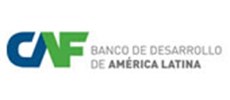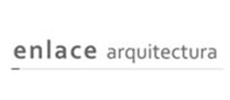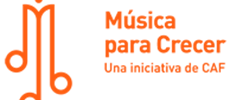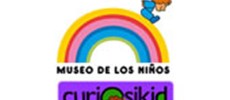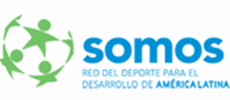01
January 0001
Vry often web developers omit the end-user while creating a website, but these days there is more and more buzz around user-centered website design all over the web.
User-centered design is a philosophy of putting user at the center of design, and so make the user interface just perfect with a high level of accessibility and usability.
Today, we will make a checklist for you before a website launch, and also give tips on remaking already existing websites.
- Is Your Website Useful? This is the first question you should answer: what is the aim of your website and how is it fulfilled? You need to define not just your aim, but target audience and actions you need from them. You should know the level of computer experience your users have, in order to build a website with the simplest features or with using innovative solutions. The main point in usefulness lies between what your users expect from a website and what they actually get. If it is an informative website (encyclopedia, blog, news site, etc.), make sure you have enough facts to share with your readers. If you have a service website, check if you have presented your content clear and it is compelling enough to increase conversions.
- Is It Easy to Use Your Website? Usability is a key element of a user-centered web design. Usability is all about functionality and how the users experience your system of features. To gain a good website usability, you need to go through these steps:
- Good server. When you are going to pick a hosting provider, make your decision well-considered. In case it is troublesome to get to your website for users, you lose them and even if you saved on hosting wastes this won’t be good for you.
- Loading speed. The ease of website use starts with the early first opening of the site. Slow loading time says that a webpage is heavy and complex, this affects on usability a lot, and as obvious, not in a good way.
- Mobile-readiness. Responsive website design is one of the usability principles. A website is truly well usable and accessible when it is available on any device.
- Simplicity. There are many terms referring to website simplicity: design, functionality, content, etc. We don’t tell you to make half-empty webpage with no interactive elements and absolutely old-fashioned, instead you can adopt innovative design elements on your site and make it cool but at the same time keep it simple and not overburdened.
- How Does Your Website Navigation Work? Navigation is a part of website functionality and simplicity that we have talked about earlier, but we would like to give it a special meaning in creating a user-oriented website. Navigation menu should include all pages positioned on a website. All menu tabs are to be clickable, but no way flying out. This is an old approach of website navigation and users don’t like it. A regular horizontal menu bar or the one oriented vertically would be enough to satisfy visitors. Anyway, you can experiment with tab form and size, as well as with color.
- Is Your Web Content Easy to Read? Website design is user-centered when the copy is written for users, not for machines. People would like to get the information quickly, maybe even scan it fast, and understand every single word and sentence you write. Content simplicity is achieved via a few common rules:
- short sentences with a simple structure;
- common words that people use in their everyday life;
- compelling words (reasons, principles, you, free, try, get, efficient, surprising, secrets, etc.).
- What Does Your Website Design Look Like? A user-friendly design has a concrete structure with a Header, content area, sidebar if necessary and of course Footer. Header is used to get users’ attention, and so it would rather include bright images, bold typography and minimum text being maximum compelling. The content area should be a good of mix of ‘filled’ and empty space. If you have images to illustrate your thoughts, this would only help you to build better relations and communicate with visitors. Sidebar is a content section on any side of the page and it is usually aimed at promotion campaigns, or it can be an extra navigation through the website. Footer area can serve you as a Contact section. This is a common website structure that many users used to experience. User-centered design is also the one where users can act and are involved in the process: CTA buttons, forms, scrolling navigation.
- Are You Used to Frequent Updates? User-centered design is consistent, but interesting. It is not enough to update your website once a month, you should go for more. Here we mean texts on the main part. Also, it can concern to some design elements. Besides, you can make a good use of pop up windows, if you have anything to give users free, or let them try your new product, or you want to sell a new eBook from you, etc. This is considered as update, too.
- Do You Interconnect with Users? How? Do you rely on texts to build relations with users? This is not merely enough. Interconnection with users includes a well-working feedback system. A user has to be able to write you with any suggestion or complaint, especially if it is feedback on your work or request for collaboration. You should hear your potential clients and talk to them.
- Do You Test Your Site and Fix Bugs on a Constant Base? Someone may think testing is the one-time process, which occurs before website launch. This is a huge misconception of a whole website development concept. Errors may happen anytime with any feature on a website, so testing is a constant task for web developers/testers. A trouble-free website work is the last, but not the least, principle of user-centered design in our list. By making a website working without pauses you show the attention and care for users.What do you think about user-centered website design now? It is not really hard to make a website oriented on users, and as result have better project and more clients. Leave your comment below, if you have any questions or suggestions on this topic.
From http://www.designzzz.com


